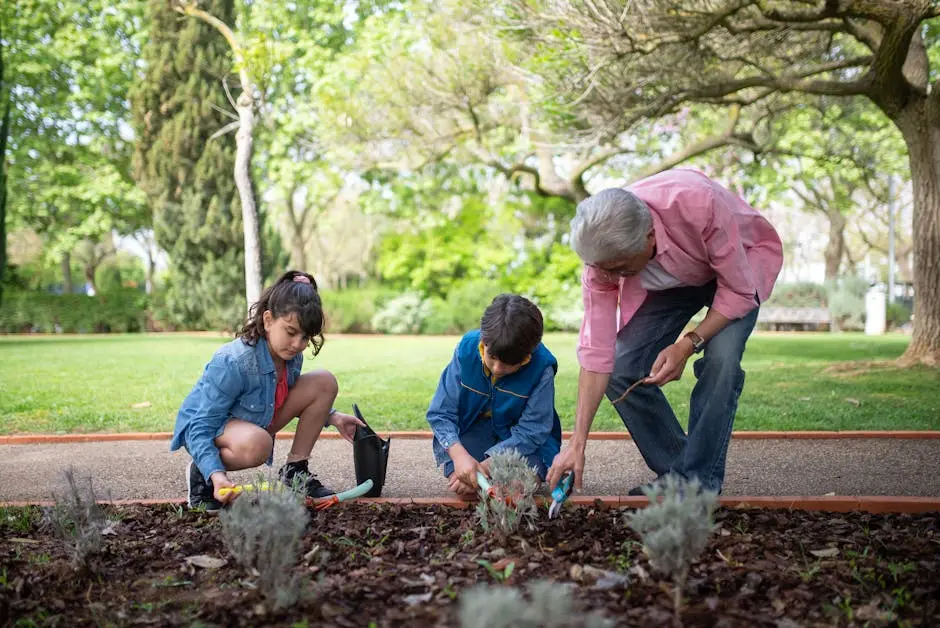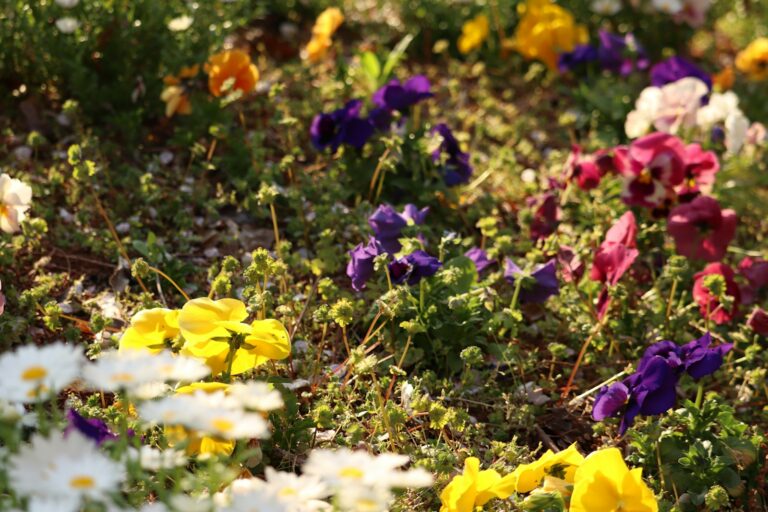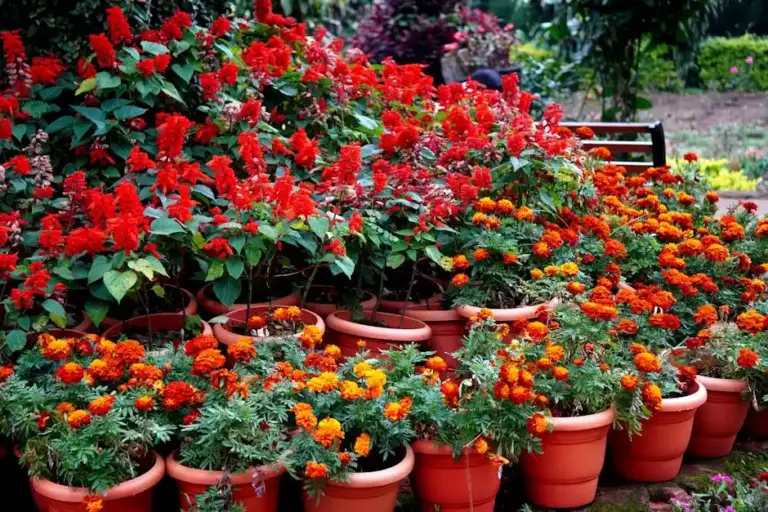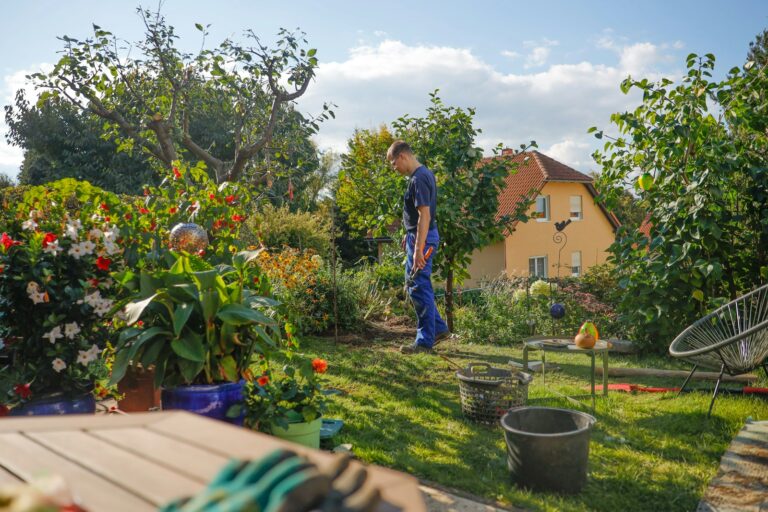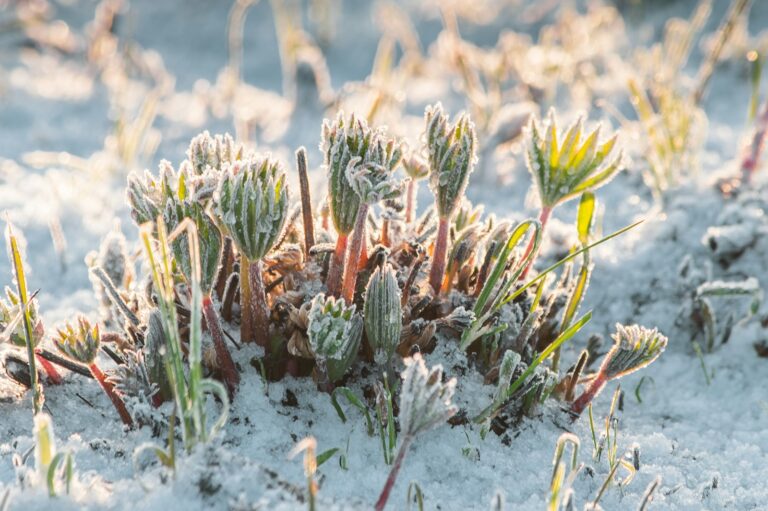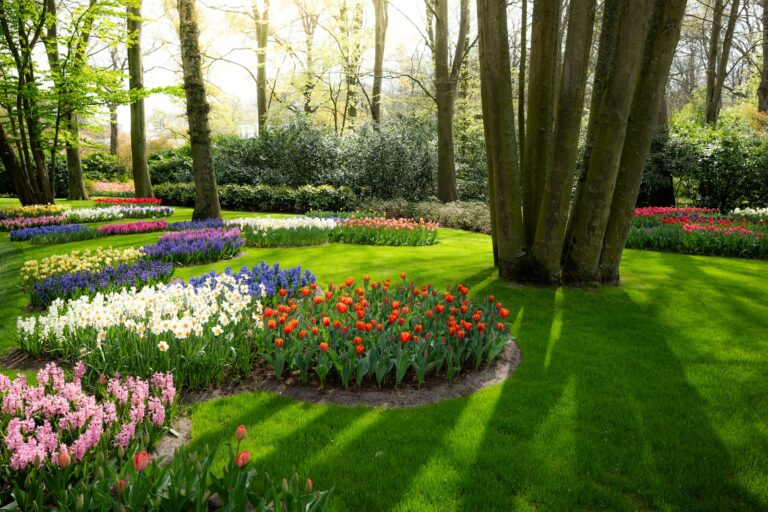Fun Spring Gardening Projects for the Whole Family to Enjoy Together
Spending time outside with your family can be both fun and rewarding, especially during the spring season when the garden is coming to life. Gardening offers a great way to connect with nature, get some fresh air, and work together on a shared project that everyone can enjoy.
Fun spring gardening projects provide simple and enjoyable activities that bring your family closer while brightening up your outdoor space. These projects can be adapted for all skill levels, making it easy for everyone to participate and create lasting memories.
Create a Fairy Garden with miniature houses and plants
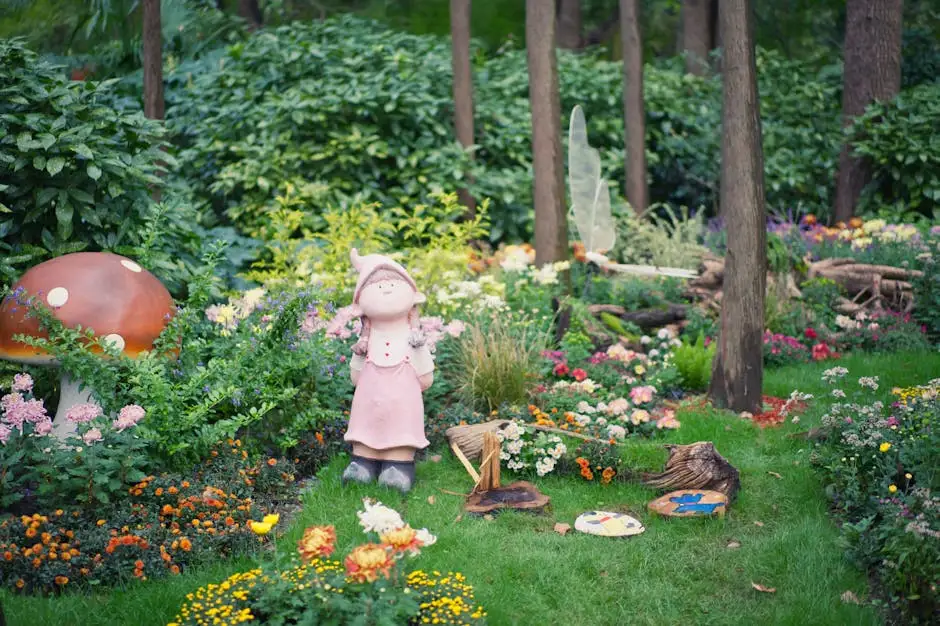
You can start by choosing a small container or an outdoor corner for your fairy garden. Use miniature houses or tiny wooden birdhouses to create a charming base for your scene.
Add small plants like moss, succulents, or ground covers to build a lush, green landscape. These plants are easy to care for and fit perfectly in the tiny space.
Decorate with tiny figurines such as fairies, mushrooms, or small animals to bring your garden to life. This project is a fun way to spark creativity for everyone in the family.
Plant a Butterfly Garden using native flowers
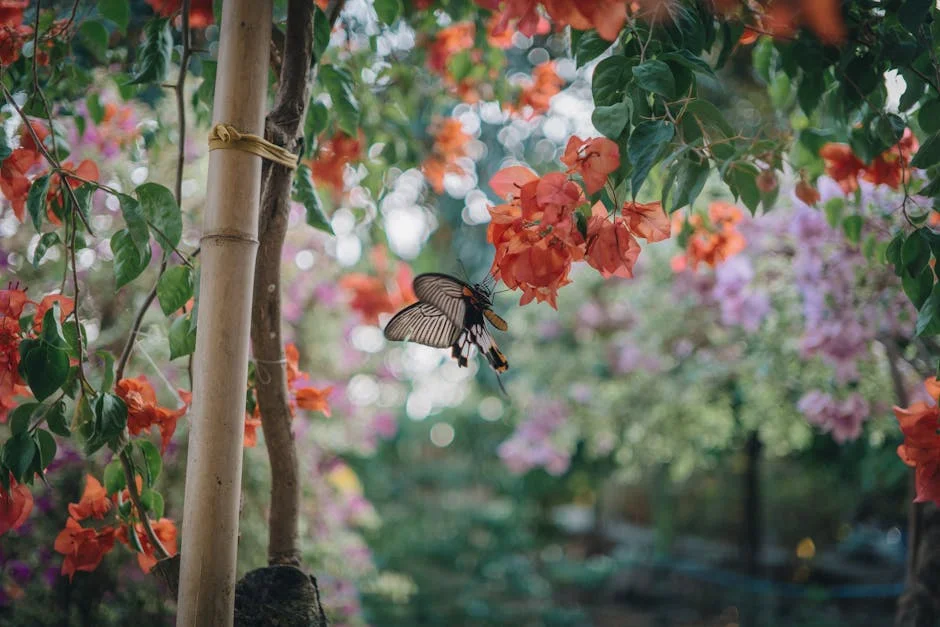
You can create a butterfly garden by choosing native flowers that provide the right nectar and habitat. Native plants support local butterflies better than non-native options because they meet their specific needs.
Start by planting milkweed, black-eyed Susans, and purple coneflowers. These plants attract butterflies and offer food for caterpillars.
Keep your garden pesticide-free to create a safe environment for butterflies. Watching these colorful pollinators visit can be a fun and educational experience for the whole family.
Build a Vertical Herb Garden on a Patio Wall
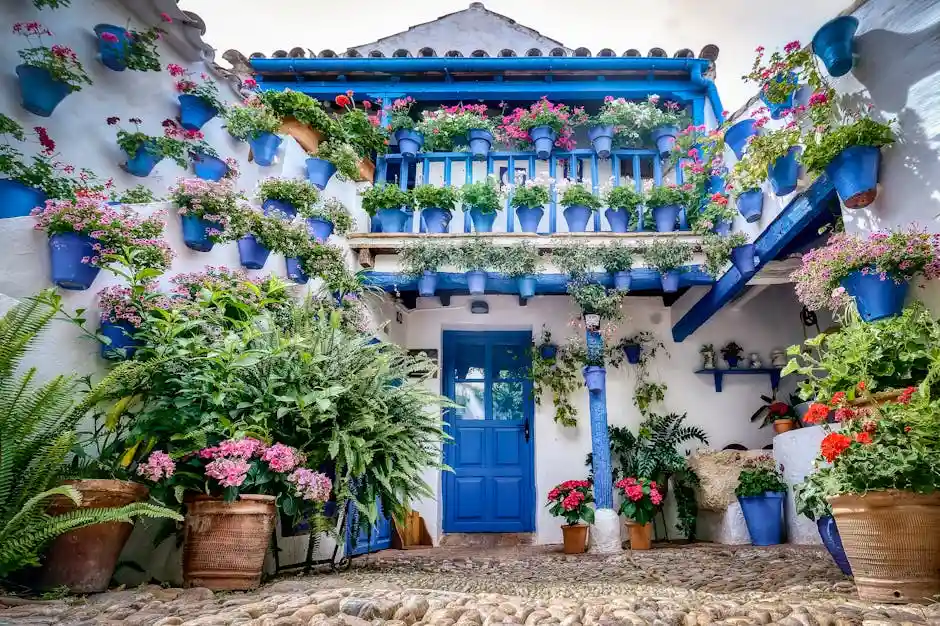
You can easily create a vertical herb garden on your patio wall, which saves space and adds fresh flavors to your cooking. Using recycled materials or simple wooden frames makes this project both fun and eco-friendly.
Start by choosing herbs that don’t need deep soil, like basil, thyme, or parsley. Arrange pots or containers vertically so they get enough sunlight.
This garden will brighten your patio and keep herbs within reach while you cook. It’s a great way to involve your family in gardening, even if you have limited outdoor space.
Start a Tomato and Basil Container Garden
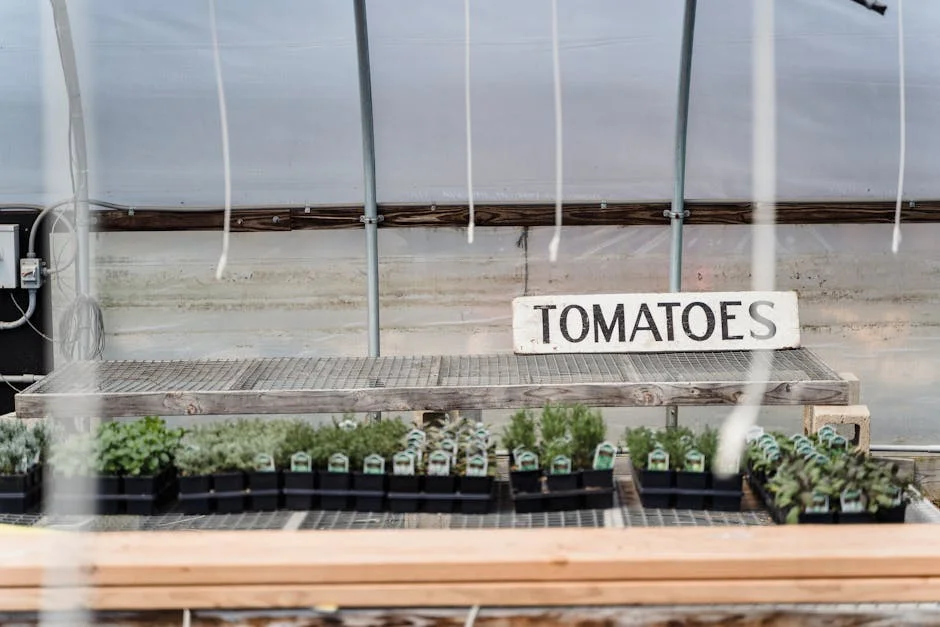
You can easily grow tomatoes and basil together in one container. Choose a large pot to give your plants enough room to grow and stay stable.
Start your seeds indoors or buy young plants from a nursery. Use well-draining soil and place the container where it gets plenty of sunlight.
Tomatoes benefit from the close company of basil, which can help keep pests away. As they grow, support your tomato plants with stakes or cages to keep them upright and healthy.
Plant Sunflower Seeds for kids to watch grow tall
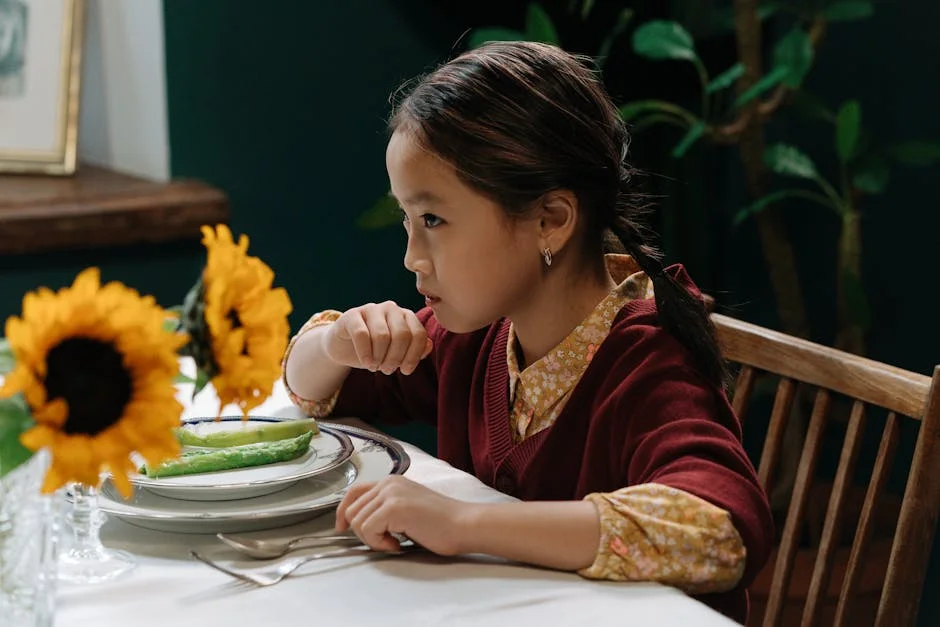
Planting sunflower seeds is a simple and rewarding project for you and your kids. Choose a sunny spot with well-drained soil, either indoors in pots or directly in the garden. Sunflowers grow quickly, which keeps kids interested as they watch the plants get taller every day.
Mammoth sunflower varieties can reach impressive heights, sometimes up to 12 feet. This makes them especially exciting for children. You can also use peat-free compost to help the seeds grow strong and healthy.
This activity teaches patience and care while giving your family a fun way to connect with nature outside. Watching the bright yellow blooms unfold is especially satisfying for young gardeners.
Design a Pollinator-Friendly Flower Bed
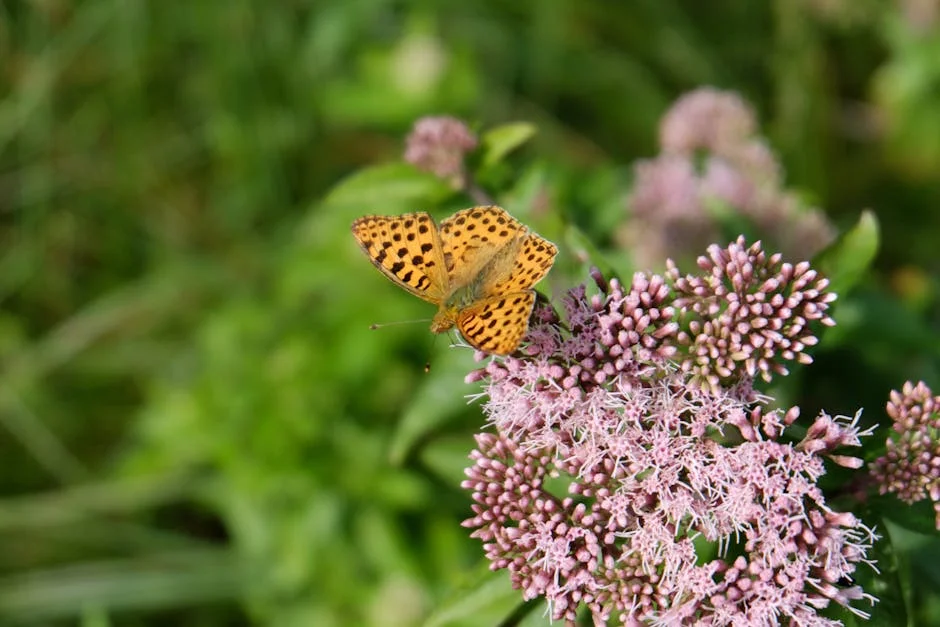
Start by choosing a sunny spot for your flower bed, as most pollinators prefer plenty of sunlight. Pick native plants that bloom at different times to provide food throughout the season.
Include a variety of flowers with different shapes and colors to attract bees, butterflies, and other pollinators. Avoid using pesticides to keep your pollinator friends safe.
Add a small watering station or shallow dish with water for them to drink. With some simple planning, your flower bed will become a lively and important space for pollinators to thrive.
Construct a DIY Garden Tool Caddy together
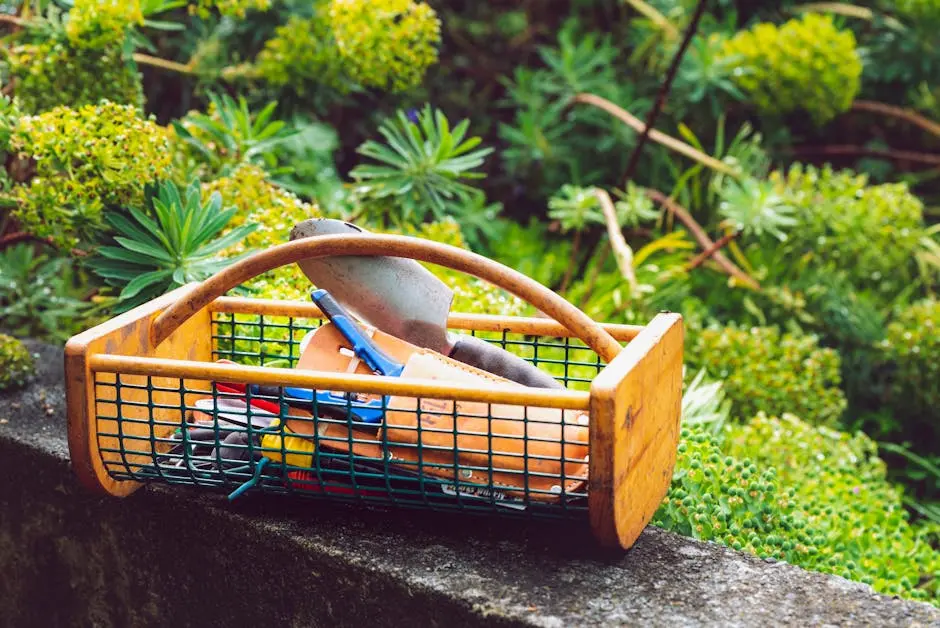
Building a garden tool caddy is a simple project that your whole family can enjoy. You can use everyday items like a plastic bucket or repurpose old containers to keep tools organized and handy.
Start by customizing the caddy to fit the tools you use most. Adding small baskets or compartments helps keep smaller items from getting lost.
This project not only makes gardening more efficient but also offers a fun way to work together. Plus, it’s quick to complete and uses materials you likely already have around the house.
Grow Easy-to-care-for Succulents in small pots
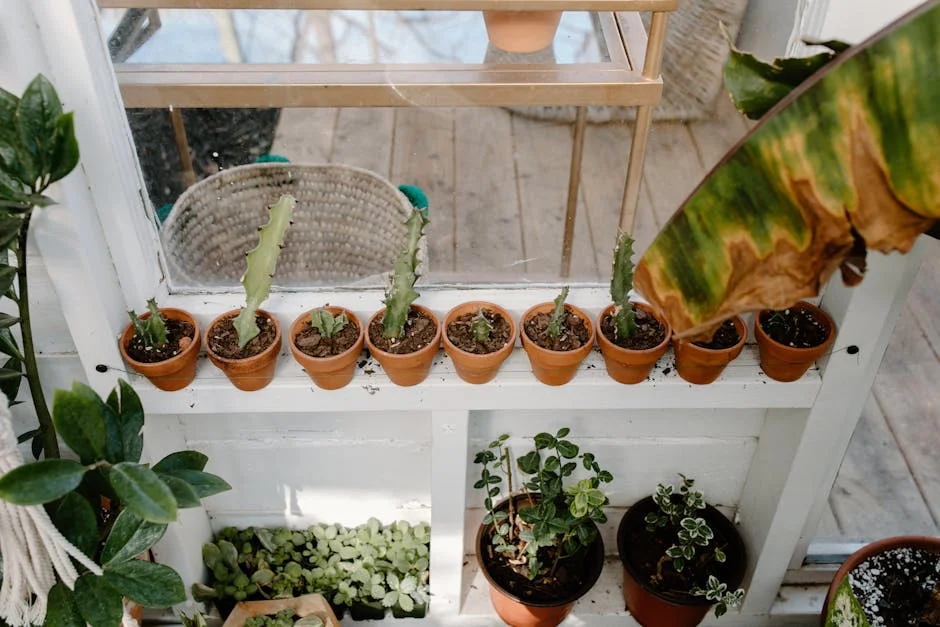
Growing succulents in small pots is a great way to add greenery without needing much space. You only need well-draining soil and pots with drainage holes to keep your plants healthy.
Succulents like Echeveria and Zebra Haworthia are easy to care for and stay compact, perfect for small containers. Make sure to let the soil dry out completely before watering to avoid overwatering.
These plants do well in bright, indirect light. Watching your succulents grow little rosettes or trails can be a fun project for the whole family to enjoy together.
Set up a Sensory Garden with fragrant and textured plants

Creating a sensory garden is a fun way to engage everyone’s senses. You can choose plants with fragrant blooms like lavender or mint to bring pleasant smells to your garden.
Add textured plants such as lamb’s ear or ornamental grasses for a soft, interesting feel. Your family can touch and explore different surfaces while spending time outdoors.
Mix in colorful flowers and herbs to stimulate sight and taste. This hands-on garden encourages curiosity and offers a relaxing space for all ages.
Create Painted Rock Garden Markers
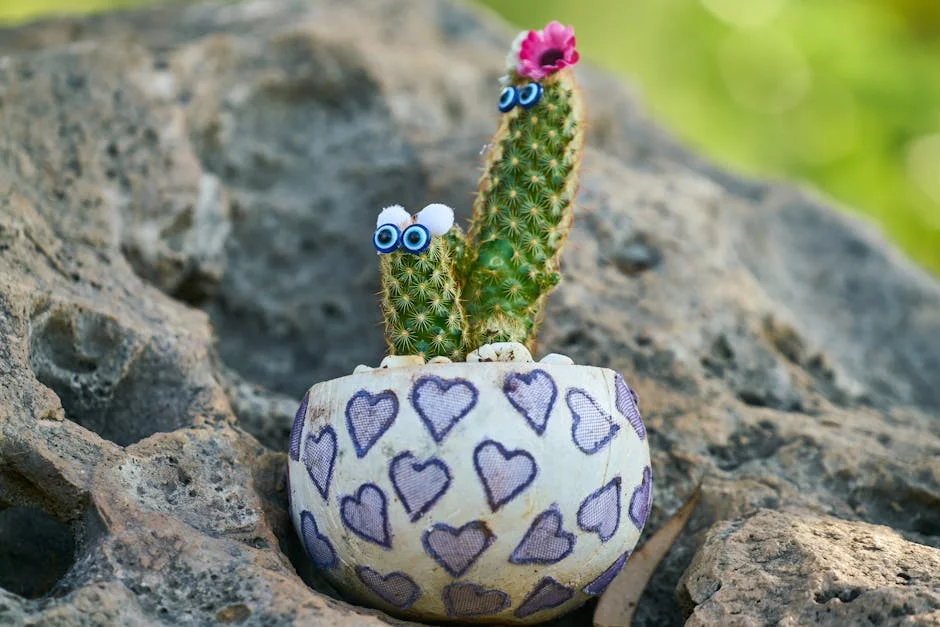
You can make painted rock garden markers with simple supplies like smooth stones, acrylic paint, and a clear protective coating. This project is easy and fun for everyone in the family.
Pick rocks from your yard or find some at a nearby river or park. Use bright colors to paint the names of your herbs, vegetables, or flowers directly on the rocks.
Once the paint dries, seal the markers with a clear coat to make them weather-resistant. These markers not only help organize your garden but also add a cheerful, personal touch.

